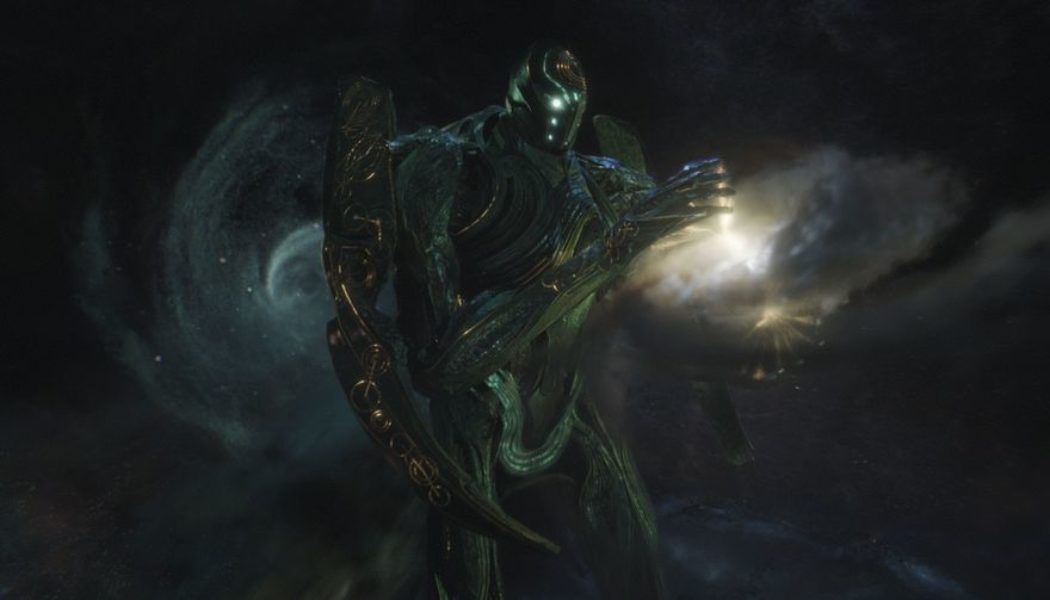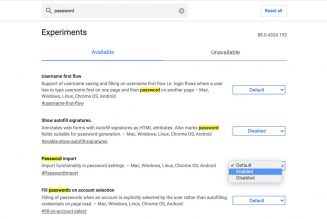Eternals is Marvel’s biggest swing in years. It’s an attempt at a prestige-style film directed by Chloé Zhao, fresh off her Oscar win, at a size and scale that none of Marvel’s previous films have tried. But despite its grand ambitions, the film gets lost in its ponderous ideas and caught in the constraining box of what an MCU film has to be.
Eternals aspires to an almost biblical scope. The opening crawl of the film (yes, there is an opening crawl) reads like an early page of the Book of Genesis, explaining who Arishem, the Prime Celestial, brought light to the universe. The film bounds across thousands of years of human history, has no less than 10 main characters, four villains, a love quadrangle, and even Marvel’s first on-screen sex scene.
:no_upscale()/cdn.vox-cdn.com/uploads/chorus_asset/file/22980788/TBB1100_comp_v044.1129.jpg)
The basic plot of Eternals is as follows: for thousands of years, a team of immortal superheroes — the eponymous Eternals — has been living in secret amongst humanity on Earth, sent by the god-like Celestials to help nurture mankind and protect them from the villainous Deviants. The Eternals have spent centuries hidden among humanity, their epic feats mistaken for mythological gods. (But, as the film explains, the Eternals were only allowed to protect against Deviants, hence their absence in the many, many world- and universe-threatening crises of the previous MCU films.)
The core Eternals team is comprised of 10 main characters, each with their own special powers: Sersi (Gemma Chan), who can transmute objects to different elements; Ikaris (Richard Madden), who basically is a Marvel-ized Superman with flight and laser eyes; Kingo (Kumail Nanjiani), who can fire energy blasts from his hands; Sprite (Lia McHugh), who can cast illusions; Phastos (Brian Tyree Henry), a superhuman inventor; Makkari (Lauren Ridloff), who has super speed; Druig (Barry Keoghan), with mind control powers; Gilgamesh (Don Lee) with super strength, and Thena (Angelina Jolie), a powerful warrior who can summon weapons from thin air. Leading the bunch is Ajak (Salma Hayek), the “Prime Eternal,” who possesses healing powers and can commune with Arishem as a sort of priest/mother for the rest of the Eternals.
If that feels like a lot, it’s because it is. Eternals does its best to introduce the characters, along with their relationships, powers, and goals, but it’s a lot of backstory to cram into the two-and-a-half-plus-hour film. (That makes it the second-longest MCU movie to date, after the three-hour Avengers: Endgame.) By default, some of the Eternals are more “main” characters than others: Cersei and Ikaris get a lot of time to hash out their relationship, while Phastos and Makkari are effectively side characters. Nanjiani’s Kingo does the best to steal the show — his character has spent his centuries on Earth building a Bollywood dynasty — but he still gets sidelined a lot in favor of the more central characters.
:no_upscale()/cdn.vox-cdn.com/uploads/chorus_asset/file/22980795/DCA3100_comp_v006_046585.1097_R.jpg)
It’s not that Marvel movies can’t handle this many characters. The jam-packed Avengers films, or even the Guardians of the Galaxy movies, are testaments to the studio’s talent at coherently cramming dozens of heroes into a single film. But Eternals has an uphill battle that starts with the fact that we’re meeting all these characters for the first time despite Marvel’s 20-plus films and shows.
All of this would be fine if the Eternals were actually doing interesting things. But the first half of the film consists largely of showing us how the Eternals drifted apart 6,500 years into their mission of hunting Deviants and a “getting the band back together” sequence of slowly reassembling the team to battle the resurgent Deviant threat.
A mid-movie lore dump helps kickstart an actual plot, but even that consists more of different combinations of Eternals standing around and arguing over a cosmic-scale trolley problem. Eternals is constantly bouncing around between not having enough going on and suddenly having too much to be concerned about. One of Eternals’ antagonists doesn’t appear until nearly two hours in. Another persistently shows up in the movie but isn’t even given a name on-screen. A key character simply opts out of the third-act fight sequence entirely, unremarked by any other characters until returning out of thin air for the film’s conclusion. And of course, Marvel can’t help itself from hamfistedly setting up future sequels and spinoffs in Eternal’s cliffhanger ending and post-credit scenes (of which there are two, both of which feel more like moments to elicit gasps from comic book fans than any real concrete teaser).
:no_upscale()/cdn.vox-cdn.com/uploads/chorus_asset/file/22980799/BAB1300_comp_v021_060057.1188.jpg)
For all its flaws in plot and pacing, Eternals is a beautifully shot movie. A lot has already been made about director Chloé Zhao’s insistence at shooting much of the film in actual, real-world locations instead of the MCU’s characteristic green screen sets, and the difference is clear. Eternals’ dusty deserts, clouded beaches, and lush rainforests feel real in a way that the CGI landscapes often don’t, with soaring views and sunsets lending a tangibility to the more fantastical goings-on.
The requisite fight scenes are also great; the Eternals put together its toy box of complementary powers to fun effect, and the golden curlicues that are used as the visual shorthand for everyone’s powers are a nice change from Marvel’s typical color-coded energy blobs.
Eternals is also Marvel’s most diverse film by far, a bar that, while being so low as to be easily stepped over, is still an achievement to note, belated as it is in the studio’s decade-plus-long run. It is legitimately refreshing to see a wider range of actors on screen beyond the cadre of Chrises, even if the much-hyped debut of Brian Tyree Henry’s gay hero practically feels shot in a way to make it as easy as possible to excise for overseas box office requirements.
Ultimately, though, Eternals tries to be too much — and it suffers for it. The film’s lofty goal of being a creation myth for the Marvel universe has potential, but it’s far too much to cram into the constraints of a modern superhero film. It’s no use seeing where these heroes came from if we don’t have enough time to care about who they actually are.









